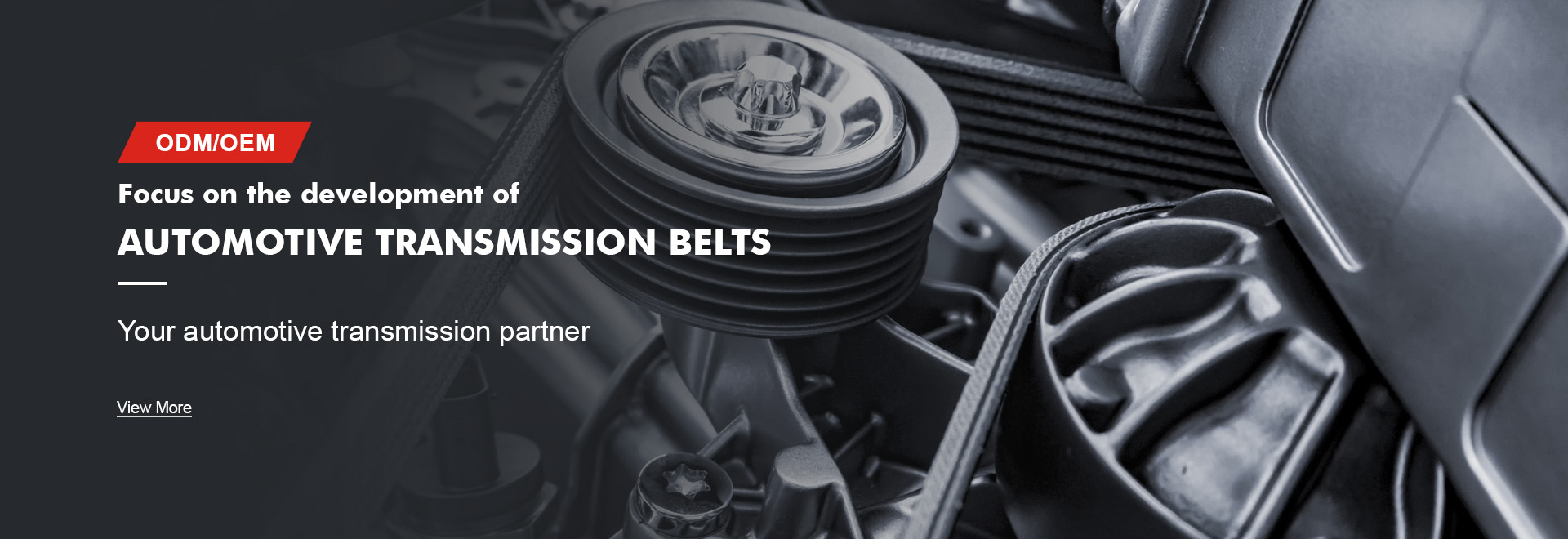- Arabic
- French
- Russian
- Spanish
- Portuguese
- Turkish
- Armenian
- English
- Albanian
- Amharic
- Azerbaijani
- Basque
- Belarusian
- Bengali
- Bosnian
- Bulgarian
- Catalan
- Cebuano
- Corsican
- Croatian
- Czech
- Danish
- Dutch
- Afrikaans
- Esperanto
- Estonian
- Finnish
- Frisian
- Galician
- Georgian
- German
- Greek
- Gujarati
- Haitian Creole
- hausa
- hawaiian
- Hebrew
- Hindi
- Miao
- Hungarian
- Icelandic
- igbo
- Indonesian
- irish
- Italian
- Japanese
- Javanese
- Kannada
- kazakh
- Khmer
- Rwandese
- Korean
- Kurdish
- Kyrgyz
- Lao
- Latin
- Latvian
- Lithuanian
- Luxembourgish
- Macedonian
- Malgashi
- Malay
- Malayalam
- Maltese
- Maori
- Marathi
- Mongolian
- Myanmar
- Nepali
- Norwegian
- Norwegian
- Occitan
- Pashto
- Persian
- Polish
- Punjabi
- Romanian
- Samoan
- Scottish Gaelic
- Serbian
- Sesotho
- Shona
- Sindhi
- Sinhala
- Slovak
- Slovenian
- Somali
- Sundanese
- Swahili
- Swedish
- Tagalog
- Tajik
- Tamil
- Tatar
- Telugu
- Thai
- Turkmen
- Ukrainian
- Urdu
- Uighur
- Uzbek
- Vietnamese
- Welsh
- Bantu
- Yiddish
- Yoruba
- Zulu
Aug . 07, 2024 07:35 Back to list
Essential Guide for Replacing the Timing Belt on Hyundai H100 for Optimal Performance
The Importance of the Timing Belt in Hyundai H100
The Hyundai H100, known for its robustness and versatility, is a popular choice among light commercial vehicles. One of the critical components that ensure the engine operates smoothly is the timing belt. Understanding the significance of the timing belt, how it functions, and the consequences of neglecting its maintenance is imperative for H100 owners.
What is a Timing Belt?
The timing belt is a durable rubber belt reinforced with fiberglass or steel. It plays a vital role in synchronizing the rotation of the engine's crankshaft and camshaft. In simpler terms, the timing belt ensures that the engine’s valves open and close at the right time during each cylinder's intake and exhaust strokes. This precision is essential for optimal engine performance, fuel efficiency, and longevity.
Why is Timing Belt Maintenance Crucial?
1. Preventing Engine Damage A failing timing belt can lead to catastrophic engine failure. If the belt breaks while the engine is running, it can cause the pistons to collide with the valves, resulting in bent valves, damaged pistons, and extensive repair costs. Regular inspections and timely replacements are essential to prevent such outcomes.
2. Maintaining Performance A well-maintained timing belt ensures that the engine runs smoothly and efficiently. A worn or slightly misaligned timing belt can lead to poor engine performance, affecting acceleration, fuel economy, and overall responsiveness of the vehicle. For commercial vehicles like the H100, optimal performance directly translates to productivity.
3. Cost-Effective Maintenance Replacing a timing belt is far less costly than repairing the damage caused by a broken belt. Hyundai recommends changing the timing belt around every 60,000 to 100,000 kilometers, depending on driving conditions and engine load. Ignoring this preventive maintenance can lead to unexpected repair costs that could significantly affect a business’s bottom line.
for hyundai h100 timing belt

Symptoms of a Worn Timing Belt
Being proactive in monitoring the timing belt's condition can help prevent severe problems. Here are some common symptoms indicating that the timing belt may need attention
- Unusual Noise If you hear a ticking or slapping noise from the engine, it could indicate that the timing belt is worn or has become loose. This noise can often be a precursor to a major failure, so it should not be ignored.
- Engine Performance Issues If you're experiencing difficulties starting your engine, or if it is stalling suddenly, it could be a sign that the timing belt is slipping or has failed.
- Visible Wear and Tear If you can access the timing belt (most often located behind a cover), look for signs of cracking, fraying, or other visible damage. Any such signs warrant an immediate replacement.
Conclusion
For Hyundai H100 owners, understanding the role of the timing belt is crucial to the vehicle's longevity and performance. Regular maintenance and timely replacement of the timing belt can prevent substantial engine damage and ensure that the vehicle performs at its best. As with all automotive components, a proactive approach to maintenance is the key to reliability and efficiency. Therefore, always consult with a qualified mechanic if you suspect any issues with your H100's timing belt, and adhere to the recommended service intervals to keep your vehicle running smoothly for years to come.
-
Korean Auto Parts Timing Belt 24312-37500 For Hyundai/Kia
NewsMar.07,2025
-
7PK2300 90916-T2024 RIBBED BELT POLY V BELT PK BELT
NewsMar.07,2025
-
Chinese Auto Belt Factory 310-2M-22 For BMW/Mercedes-Benz
NewsMar.07,2025
-
Chinese Auto Belt Factory 310-2M-22 For BMW/Mercedes-Benz
NewsMar.07,2025
-
90916-02660 PK Belt 6PK1680 For Toyota
NewsMar.07,2025
-
drive belt serpentine belt
NewsMar.07,2025

